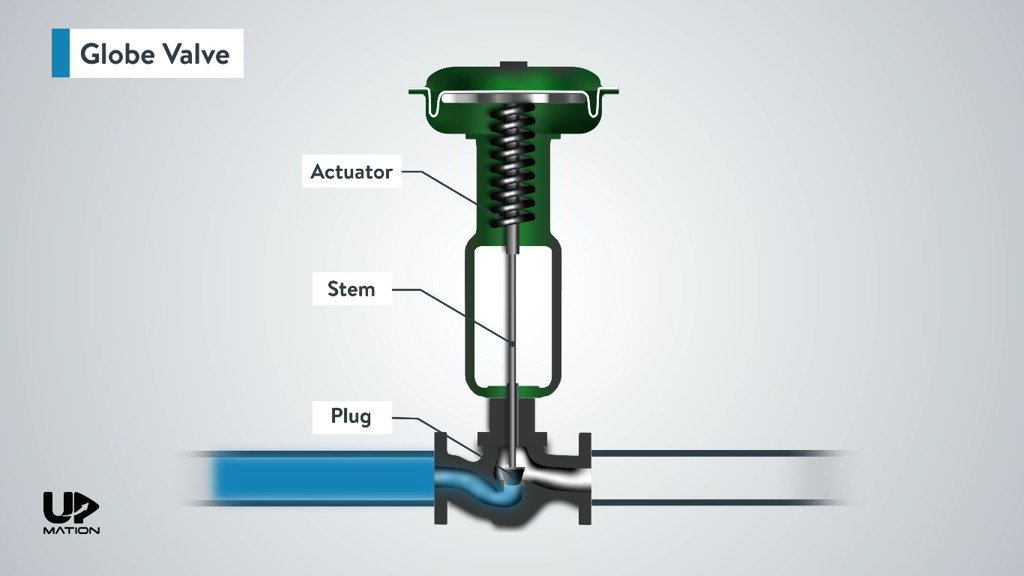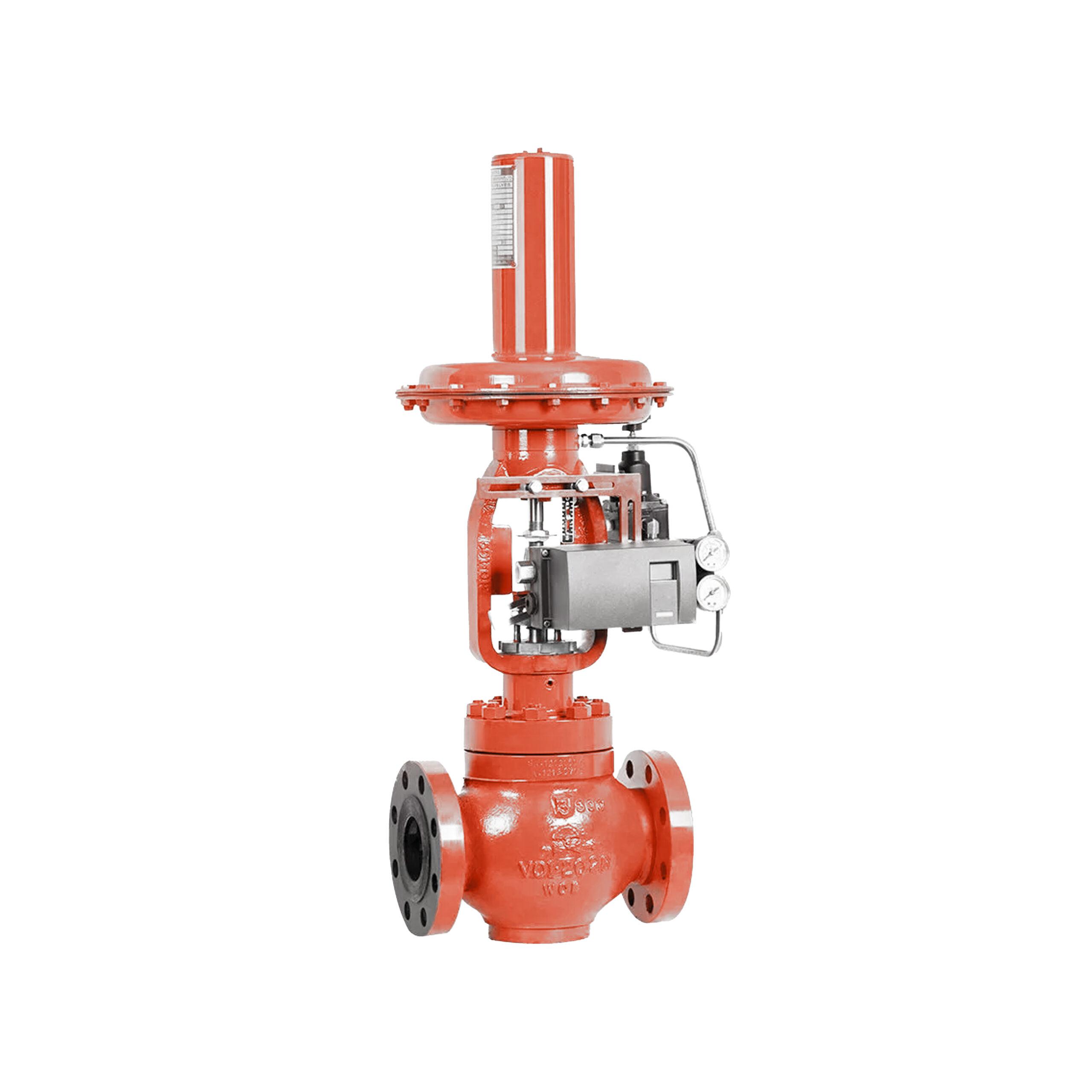
Maximize Power Cost Savings and Convenience With Advanced Structure Automation Controls
In the realm of modern design and facility management, the assimilation of advanced building automation regulates stands as a critical innovation. By utilizing the power of automation, structures can adjust, react, and develop in means that were once unthinkable.
Power Efficiency Conveniences
Energy effectiveness advantages can significantly decrease power consumption and functional prices in buildings. By implementing energy-efficient methods and modern technologies, structure owners and operators can attain significant financial savings while additionally adding to environmental sustainability. One of the primary advantages of improving energy effectiveness in buildings is the reduction of utility costs. Energy-efficient systems, such as advanced building automation controls, can maximize using sources like air conditioning, home heating, and illumination, bring about reduced power expenditures over time.
Additionally, boosted energy effectiveness can prolong the life expectancy of structure devices and systems. By operating much more efficiently, heating and cooling systems, lighting fixture, and other structure elements experience much less damage, leading to reduced upkeep and replacement costs. In addition, energy-efficient buildings commonly regulate greater property worths and rental rates, giving long-term financial advantages to owners.
Moreover, energy effectiveness can enhance owner comfort and performance. Correctly regulated interior environments with ideal lighting and thermal conditions create a more enjoyable and favorable workspace, leading to improved worker complete satisfaction and efficiency. Overall, the energy effectiveness benefits linked with sophisticated building automation controls are multifaceted, incorporating price financial savings, environmental stewardship, and occupant well-being.
Improved Convenience Control
Enhancing convenience control in structure settings calls for an innovative integration of sophisticated automation systems for optimum resident well-being. By making use of innovative structure automation controls, facilities can tailor the indoor environment to fulfill the specific demands and choices of owners. control valves.
Boosted comfort control surpasses standard temperature adjustments. It consists of functions such as personalized setups, tenancy sensing units, and all-natural light usage to create a responsive and vibrant setting. By incorporating these sophisticated controls, buildings can not just improve convenience yet also boost power effectiveness by maximizing system procedures based upon actual occupancy and usage patterns. Inevitably, prioritizing owner comfort through advanced automation systems brings about a much more pleasurable and healthier interior atmosphere.
Operational Performance Improvements

Moreover, the application of real-time surveillance and analytics tools makes it possible for building drivers to identify energy inefficiencies and operational abnormalities immediately. By constantly keeping track of energy use patterns and system efficiency metrics, adjustments can be made in real-time to maximize energy usage and ensure peak operational performance. control valves. In addition, integrating demand response approaches right into building automation controls can additionally boost functional performance by dynamically adjusting power usage based upon grid conditions and rates signals
Indoor Climate Optimization
Effective indoor climate optimization is a basic element of building automation controls, ensuring owners' comfort and wellness while taking full advantage of power financial savings. By making use of advanced sensing units and controls, building automation systems can continuously adjust and monitor temperature level, humidity degrees, air quality, and air flow to produce an ideal interior environment. Preserving regular and comfy conditions not just boosts resident contentment however additionally improves performance and total health.
Interior environment optimization likewise plays an essential function in energy effectiveness. By fine-tuning heating, air flow, and cooling systems based on real-time information and tenancy patterns, developing automation controls can substantially decrease energy consumption - control valves. For instance, executing methods such as demand-controlled air flow and thermal zoning can aid reduce power waste while guaranteeing that each area of the building gets the required conditioning.

Sustainable Setting Creation
Building automation manages not just maximize indoor climate problems for power effectiveness and owner comfort yet likewise lay the foundation for creating a sustainable setting with tactical management of resources and systems. By incorporating sophisticated structure automation innovations, such as sensors, actuators, and intelligent software, centers can monitor and readjust power usage in real-time to minimize waste and reduce their carbon impact. These systems allow predictive upkeep, determining prospective issues prior to they intensify and enhancing equipment performance to enhance longevity and efficiency.
Furthermore, sustainable environment development extends beyond energy management to encompass water preservation, waste decrease, and interior air high quality enhancement. Building automation controls can control water usage, detect leaks, and guarantee appropriate waste disposal practices, adding to total sustainability initiatives. Furthermore, by monitoring and regulating air flow and filtration systems, these technologies boost passenger wellness and performance while decreasing power consumption related to a/c procedures.
Final Thought
Finally, advanced structure automation regulates deal significant benefits in regards to energy financial savings, convenience control, operational efficiency, interior climate optimization, and developing a sustainable setting. By applying these controls, structures can achieve optimum efficiency while reducing power intake and enhancing owner convenience. It appears that using sophisticated automation innovation is essential in improving building performance and producing a much more lasting future.
Energy performance benefits can significantly minimize power usage and functional prices in structures. On the whole, the power performance advantages linked he said with sophisticated structure automation controls are diverse, including expense savings, environmental stewardship, and resident wellness.
In addition, including need reaction techniques into structure automation controls can even more enhance functional effectiveness by dynamically changing power use based on grid conditions and pricing signals.
Structure automation manages not only maximize interior climate conditions for power performance and passenger comfort but also lay the foundation for creating a sustainable setting via tactical administration of resources and systems.In verdict, progressed structure automation controls offer significant benefits in terms of energy financial savings, convenience Read More Here control, functional performance, interior environment optimization, and developing a lasting atmosphere.
Comments on “How Control Valves Impact Power Efficiency in Industrial Settings”